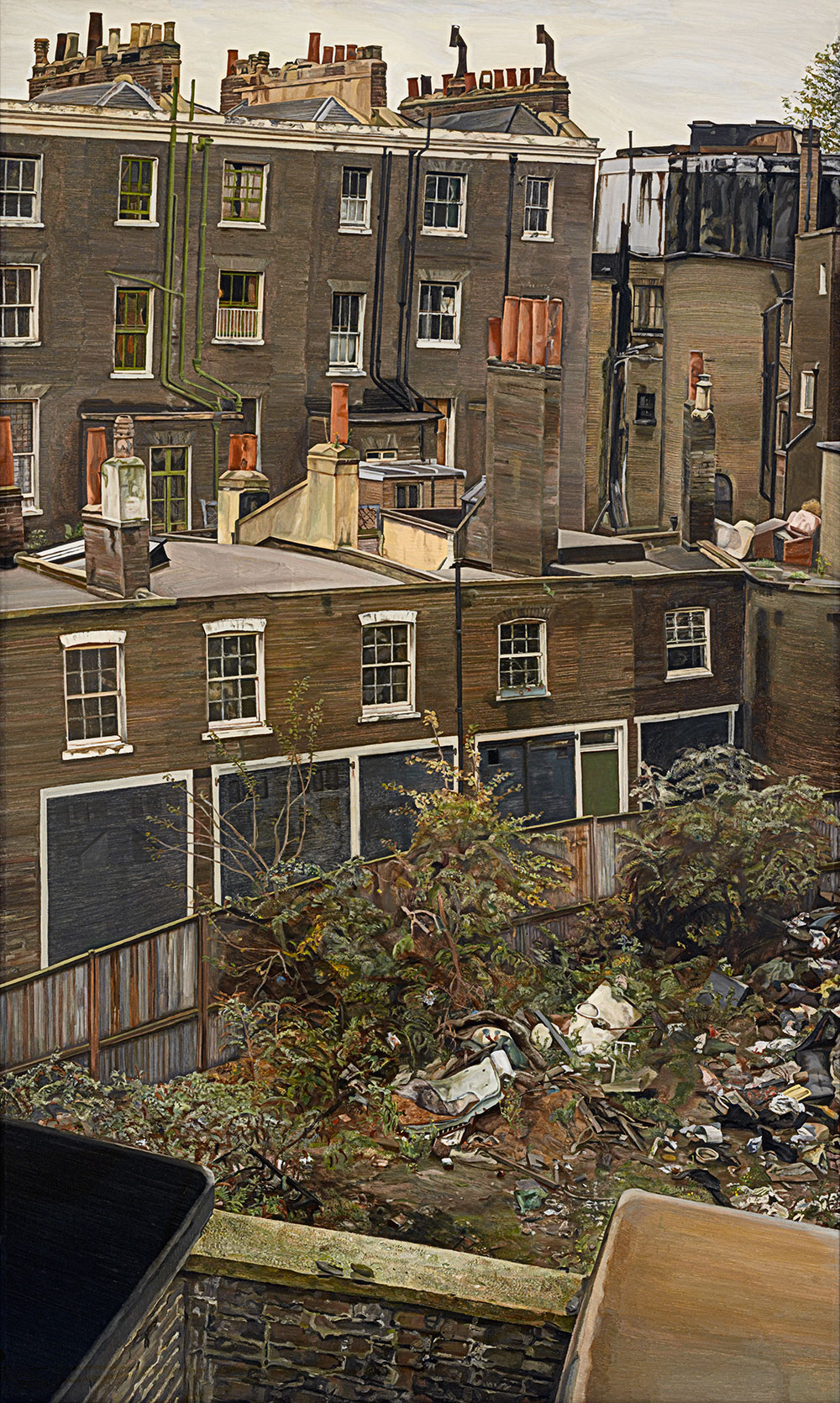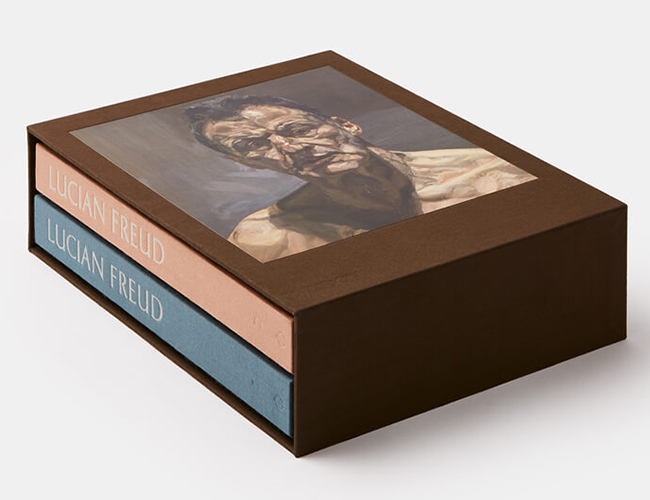
Lucian Freud Slices of Life - The Middle Years
A friendly intervention by the Palace helped Freud and his family escape peril - half a century later he repaid the debt
The artist Lucian Freud was able to settle in Great Britain during the 1930s, partly because his grandfather, the psychoanalyst Sigmund Freud, knew people in high places.
“My grandfather had a great friend called Marie Bonaparte who married Prince George of Greece and Denmark, who was the Duke of Kent's best friend,” Freud said in 2010. “My family came to England before the war, but as the situation became more and more dangerous we applied for naturalization. The applications were all blocked and then things got really dodgy. But the Duke of Kent got on the telephone and that same afternoon some people came round to see my parents and our papers were sorted. The Second World War broke out a week later. If we had not had our papers, we would have been interned on the Isle of Wight.”
Freud’s relationship with English high society continued into adult life. He became good friends with Andrew Cavendish, 11th Duke of Devonshire, during the late 1940s, and was one of the first guests to stay at Chatsworth House – the Duke’s ancestral home - when he visited in the autumn of 1959. He painted a cyclamen plant on a wall in one of Chatsworth’s private bathrooms, and also painted more formal portraits of Devonshire family members, including the Duke’s wife, Deborah Vivien Cavendish, one of the Mitford sisters.
These were not the only English aristocrats captured in a Freud portrait. He also enjoyed the company of Lady Belinda Lambton, painting her picture on a number of occasions, and spending time watching horse racing at her home on South Audley Street in central London.
Ann Fleming, the ex-wife of Lord Rothermere, who went on to marry the James Bond author Ian Fleming, was another Freud subject; he painted her in 1950.
Some in London admired how Freud managed to divide his time, spending his mornings at the betting shop, and evenings with Princess Margaret’s set. The infamous journalist and resident chronicler of Soho, Jeffrey Bernard, once remarked, “He has cracked the nut of how to conduct a double life."
Immediately after the War, Lucian called on his grandpa’s old acquaintance, and dined with Princess Marie and Prince George of Greece, in France. He was seriously impressed by the old-world levels of luxury.
“I had never eaten in such grand circumstances before,” he told art historian, Freud sitter and co-author of our new two-volume Freud book, Martin Gayford. “A lot of people in those days had servants; but there the people who served at table had white gloves, that sort of thing.”
However, Freud was not quite so taken with their aesthetic choices. “They had a lot of bad portraits hung on the walls of the dining room,” Gayford quotes Freud as saying. “His on one wall, hers on the other; I asked them the reason for this arrangement,” Freud goes on. “He explained ‘We like to look at our ancestors while we are eating.’” Rather than say anything more, Gayford says Freud then made “a gesture of amazement.”
Similarly, not every Royal engagement was a universal success. Gayford recalls that Freud met his second wife, the aristocrat, Caroline Blackwood in 1949 at a ball given by Lady Rothermere, “a memorable occasion on which Francis Bacon booed Princess Margaret off stage when she attempted to sing a Cole Porter song.”
Freud defended his fellow painter on that occasion, but he also felt he owed a huge amount to the House of Windsor, and in 2001, painted a portrait of Queen Elizabeth II, which he donated to the Royal Collection.
“Robert Fellowes, the Queen's Private Secretary, arranged [for the portrait to be painted],” Freud told Greig, “but there was another reason why I felt I owed her family a debt and that was partly why I gave her the picture.”
